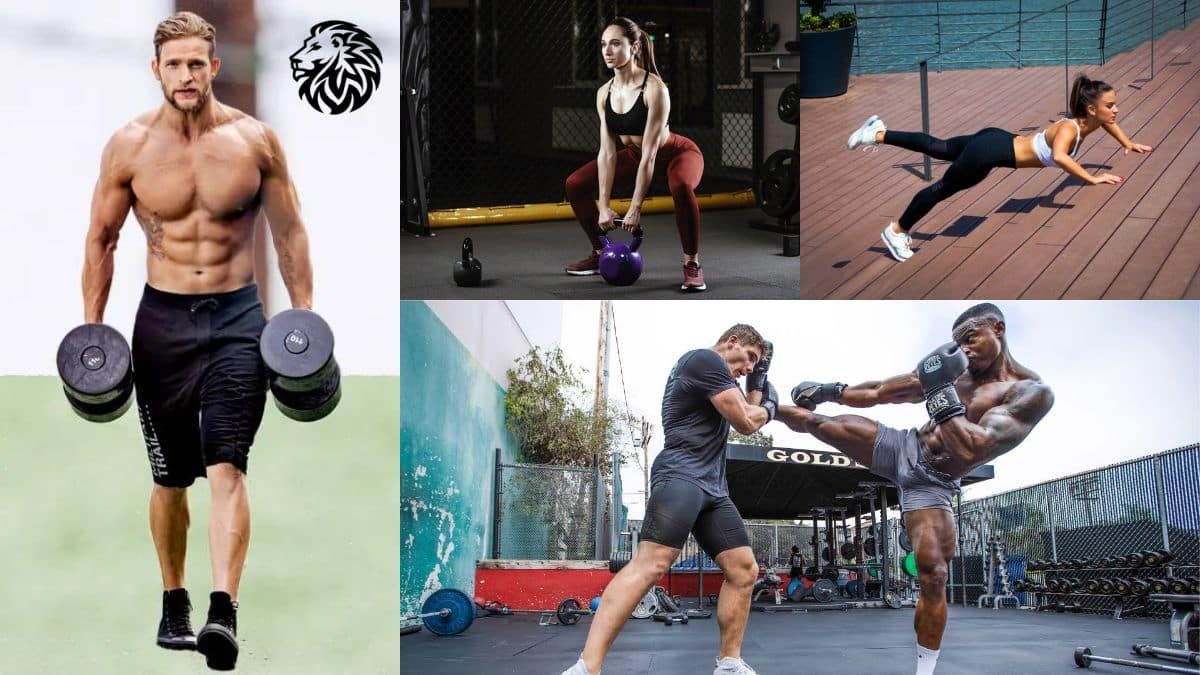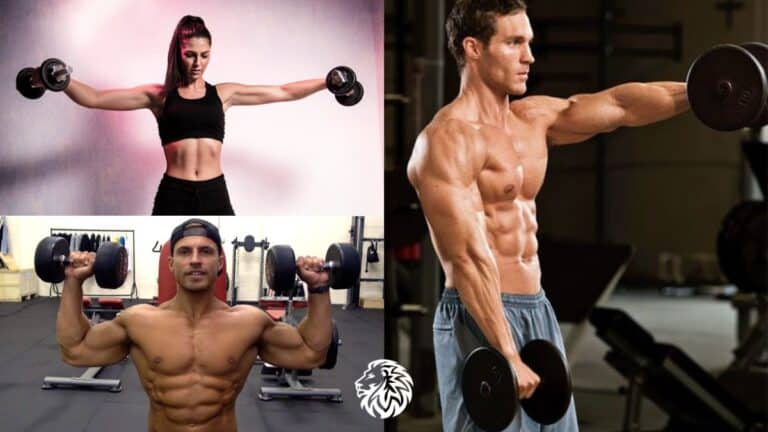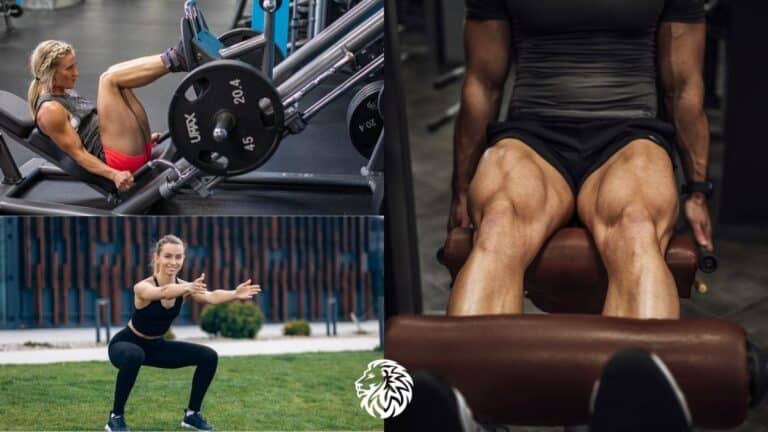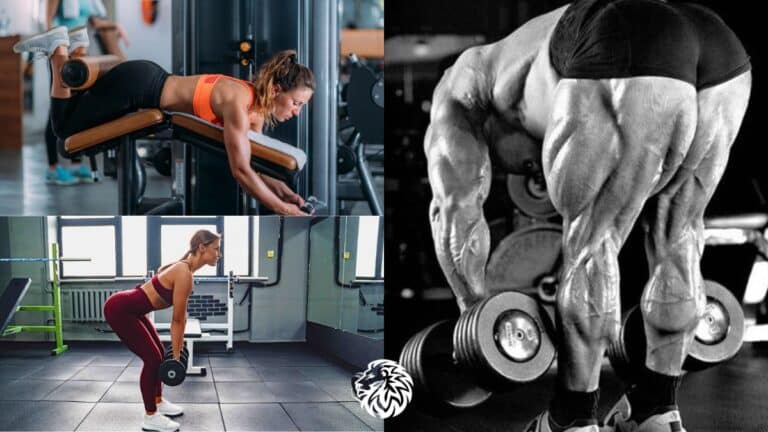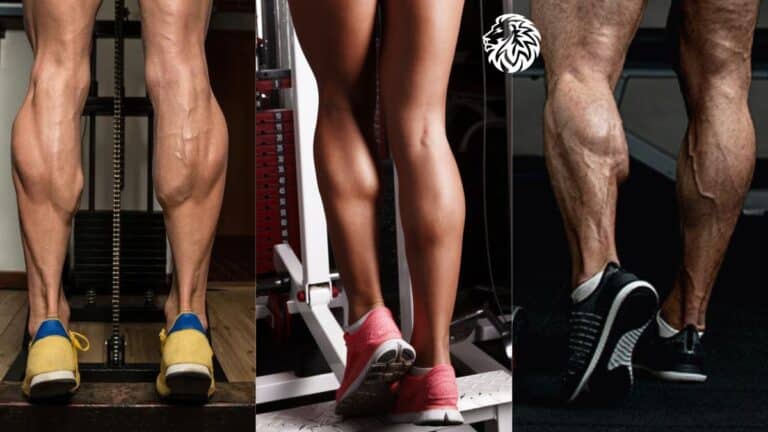When it comes to losing weight, exercise plays a critical role alongside proper nutrition. While many people may focus on counting calories and following a diet plan, choosing the right types of workouts can significantly amplify results. The key is not just about the duration spent in the gym but also selecting the exercises that maximize calorie burn and promote fat loss. Some exercises continue to burn calories long after the workout is finished, making them ideal for those aiming to shed pounds.
The Importance of High-Calorie Burning Workouts
Weight loss, at its core, is about creating a calorie deficit, which means burning more calories than you consume. However, not all workouts are created equal in this regard. Cardio exercises such as running, jumping rope, and cycling are known for their ability to torch calories rapidly, while strength training builds muscle, which increases metabolism and calorie burn even at rest. By combining both types of workouts, you can maximize your body’s fat-burning potential, making them some of the best exercises to lose weight effectively.
The Best Exercises to Lose Weight and Boost Calorie Burn
Jumping Rope: A Childhood Classic with Major Benefits
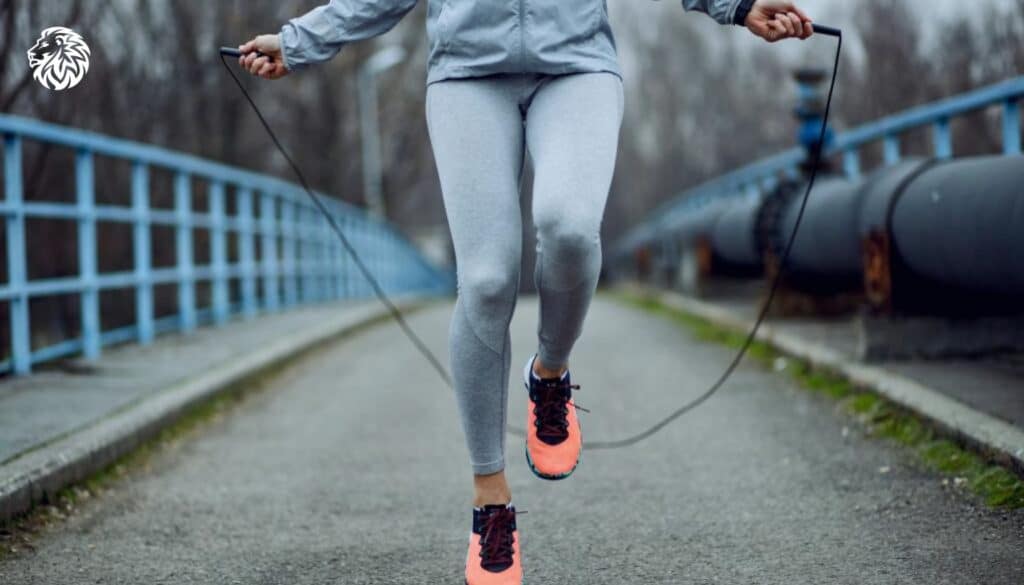
Jumping rope is not just for kids on the playground. In fact, it is one of the most effective calorie-burning exercises. A person can burn an impressive 667 to 990 calories per hour depending on their weight and the speed of their jumps. This activity engages your entire body—your legs for jumping, your arms for controlling the rope, and your core for stability. Additionally, it improves cardiovascular endurance, coordination, and even bone density.
One of the great aspects of jumping rope is its versatility. Beginners can start with short bursts of 20 to 30 seconds, while more advanced jumpers can extend the duration and intensity. To further challenge yourself, using a weighted jump rope engages more muscles, especially in the arms and shoulders, increasing calorie burn.
Sprinting: A High-Intensity Calorie Crusher
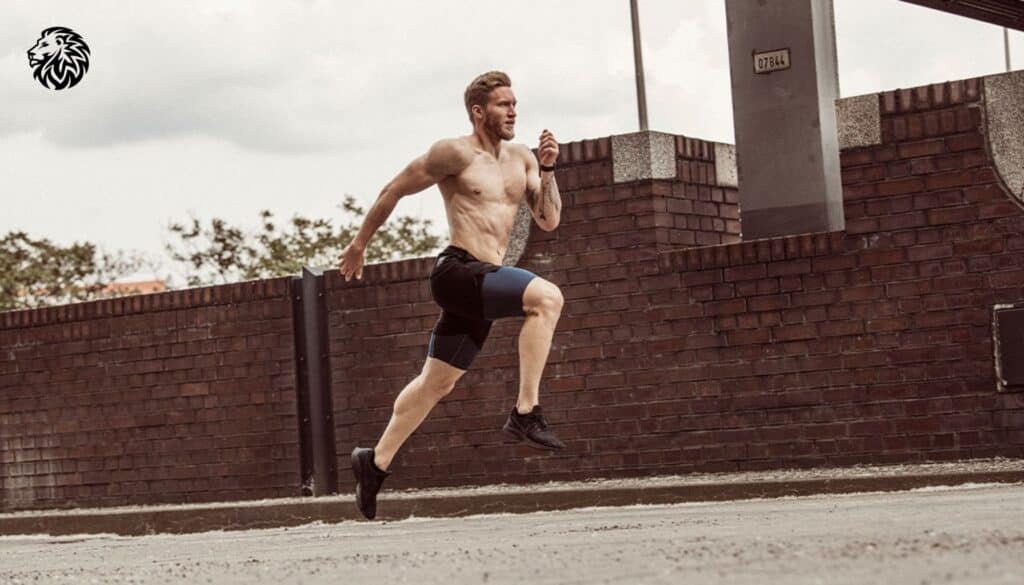
Sprinting is another workout that effectively burns calories while engaging multiple muscle groups, particularly the glutes and hamstrings. Whether you sprint on a treadmill, at a track, or up a hill, this form of high-intensity interval training (HIIT) burns calories not just during the workout but also for hours afterward. This phenomenon is known as excess post-exercise oxygen consumption (EPOC), or the “after-burn” effect, where your body continues to burn calories as it recovers.
Sprinting at your maximum effort for short intervals, followed by recovery periods, can burn between 639 to 946 calories per hour. To enhance the workout, taking your sprints up a hill or staircase adds an extra challenge by working against gravity, further increasing the intensity and calorie burn.
Kickboxing: Burn Fat While Reducing Stress

Kickboxing not only provides a full-body workout but also offers the opportunity to relieve stress by hitting a punching bag or sparring with an opponent. This exercise burns between 582 to 864 calories per hour and strengthens the upper body, core, and legs, making it one of the best exercises to lose weight while also improving coordination, balance, and agility.
A typical kickboxing session involves practicing various strikes—like jabs, crosses, uppercuts, and hooks—combined with squats, lunges, and defensive moves. To increase the calorie burn, minimize rest periods between rounds and try working at a high intensity for 90 seconds followed by 30 seconds of rest.
Indoor Cycling: Low Impact, High Burn
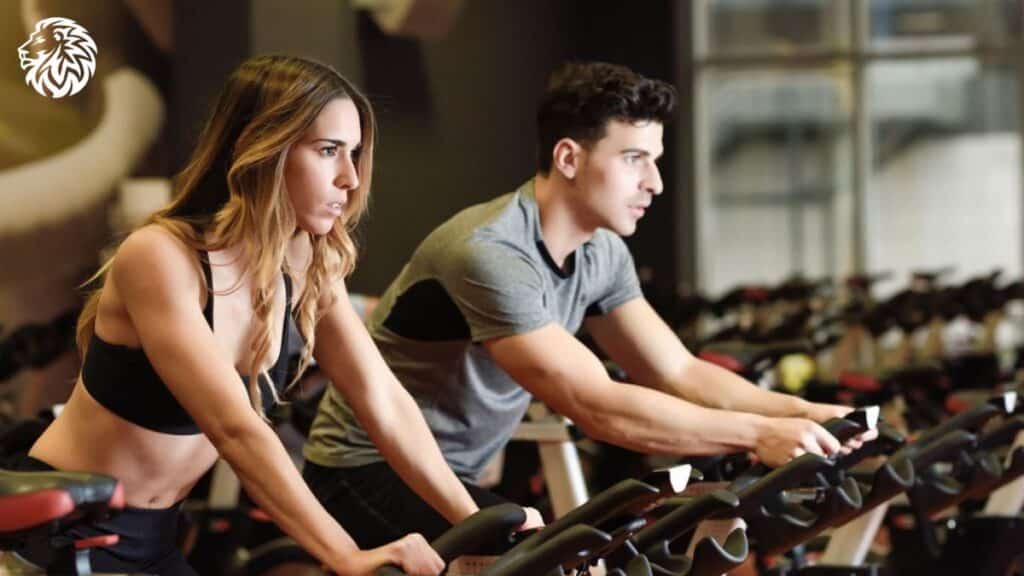
Cycling is an excellent workout for those seeking a low-impact yet effective calorie-burning exercise. A person can burn between 568 and 841 calories per hour during an intense cycling session. This exercise works the large muscles in the legs, particularly the hamstrings and quadriceps, without the joint stress that comes with running or jumping.
For those with knee issues or injuries, indoor cycling is a great alternative that still delivers significant fat-burning benefits. Incorporating sprint intervals into your ride boosts the after-burn effect and builds both aerobic and anaerobic endurance. For maximum calorie burn, alternating between periods of all-out effort and active recovery is key.
Kettlebell Circuits: Strength Meets Cardio
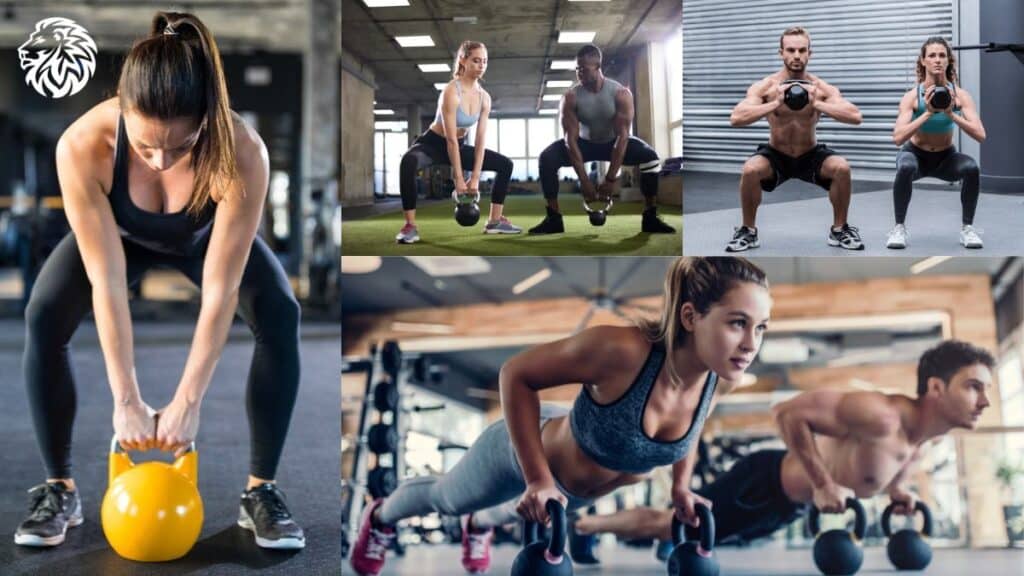
Kettlebell circuits are a powerful combination of strength training and cardiovascular exercise. Working with kettlebells keeps your heart rate elevated throughout the workout, enabling you to burn between 554 to 822 calories per hour. Kettlebell exercises engage multiple muscle groups simultaneously, such as the legs, core, back, and arms, building muscle and improving metabolism.
A typical kettlebell circuit might include moves like kettlebell swings, squats, presses, and deadlifts. Performing these exercises in a continuous flow without resting maximizes calorie burn while also enhancing overall strength. Additionally, kettlebell workouts are scalable, meaning you can increase the weight as you progress, which helps build more muscle and burn more fat.
Rowing: Total-Body Burn
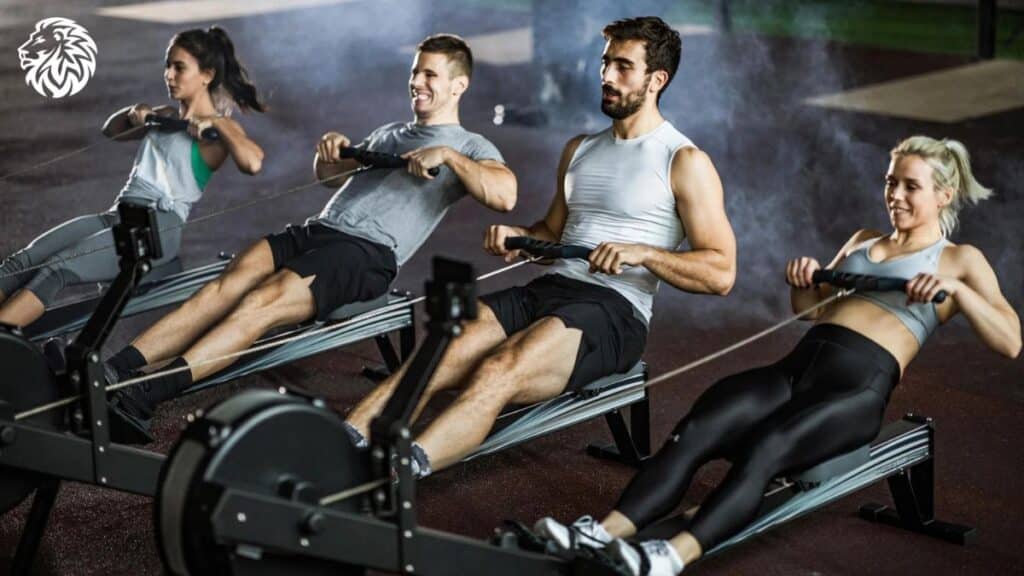
Rowing is another full-body workout that activates muscles from head to toe. It primarily targets the posterior chain—your glutes, hamstrings, and back—but also engages the arms, core, and shoulders. In an hour of rowing, you can burn between 481 to 713 calories. The continuous motion of rowing at a high intensity challenges both your cardiovascular system and muscular endurance.
To maximize calorie burn, proper form is essential. The power in rowing comes from the legs, which drive the motion, while the core and upper body complete the pull. Adding intervals—such as alternating between one minute of all-out rowing and a 30-second recovery—can increase the intensity and fat-burning potential of the workout.
Loaded Carries: Functional Strength and Fat Loss
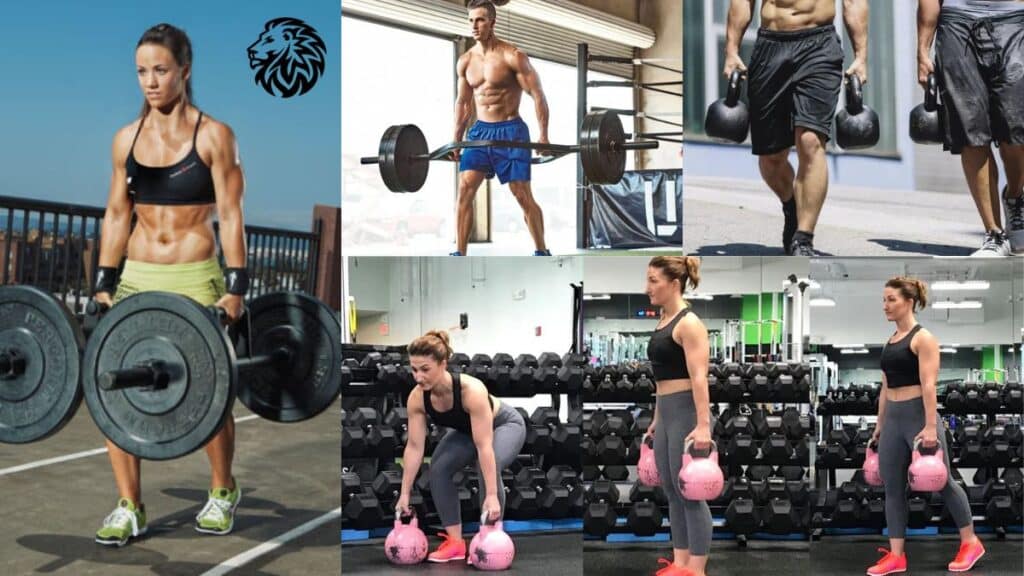
Loaded carries, which involve carrying heavy weights over a distance, are some of the best exercises to lose weight while also building functional strength. This exercise targets the core, shoulders, arms, and legs, and it helps improve posture and balance. A loaded carry can burn between 476 to 705 calories per hour.
To perform loaded carries, hold a kettlebell or dumbbell in each hand while maintaining good posture—shoulders down and back, chest open, and core tight. Walk as far as possible while maintaining control, then rest and repeat. This exercise not only builds strength but also increases your heart rate, promoting fat loss.
Stairs: Simple Yet Effective

Climbing stairs may seem simple, but it’s a powerful exercise for burning calories and improving cardiovascular health. It burns between 452 and 670 calories per hour while working the legs and glutes. Like sprinting, stair climbing forces you to work against gravity, increasing the intensity and energy expenditure of the workout.
Stairs can be integrated into various workouts or used as a standalone exercise. Walking or running up stairs, holding weights, or taking two steps at a time are all ways to enhance the workout and boost calorie burn. Even short bursts of stair climbing throughout the day can contribute to weight loss.
Maximizing Your Workout Efficiency
While selecting high-calorie-burning exercises is essential for weight loss, there are several strategies you can employ to make your workouts even more effective. First, incorporate intervals of high intensity followed by short rest periods. This method, often referred to as HIIT, increases your calorie burn both during and after your workout. Additionally, the more muscle you build through strength training, the higher your basal metabolic rate becomes, allowing you to burn more calories even at rest.
Finally, it’s crucial to remember that your activity outside of structured workouts also plays a role in weight loss. Small changes like taking the stairs instead of the elevator, walking instead of driving, and standing rather than sitting can contribute to overall caloric expenditure. Staying active throughout the day is key to accelerating your weight loss journey.
How are calories burned?
Calories are the unit of energy that fuels all of your body’s activities, from basic functions like breathing to more intense activities like exercise. The process of burning calories involves several factors: the type and intensity of the activity, your body composition, and your overall metabolism. Here’s a deeper look into how calories are burned:
1. Basal Metabolic Rate (BMR):
Your body needs energy just to function at rest, and this is known as your Basal Metabolic Rate (BMR). It accounts for 60-70% of the total calories burned daily. BMR represents the number of calories your body uses to maintain basic life-sustaining functions, such as:
- Breathing
- Circulating blood
- Regulating temperature
- Growing and repairing cells
- Digesting food
The BMR varies from person to person and is influenced by factors like age, sex, weight, and muscle mass. People with more muscle mass have a higher BMR, meaning they burn more calories even while resting.
2. Non-Exercise Activity Thermogenesis (NEAT):
Non-exercise activities, like walking, fidgeting, or doing housework, also contribute to calorie burn. This type of calorie expenditure is called Non-Exercise Activity Thermogenesis (NEAT). Although it’s not as intense as exercise, NEAT can account for a significant portion of your daily calorie burn, especially for people who have more physically active lifestyles. Simple changes like taking the stairs, standing while working, or walking during phone calls can add up over time.
3. Exercise and Physical Activity:
Exercise is a critical way to burn calories, and different exercises burn varying amounts depending on intensity and duration. Here’s how different types of exercises influence calorie burn:
- Cardiovascular Exercises (Aerobic): Activities like running, cycling, swimming, and jumping rope burn a high number of calories because they raise your heart rate and require sustained energy output. The higher the intensity, the more calories you burn. For example, high-intensity interval training (HIIT) workouts, which alternate between intense bursts of activity and short recovery periods, burn more calories in less time compared to steady-state cardio.
- Strength Training (Anaerobic): Lifting weights or doing bodyweight exercises like squats and push-ups doesn’t burn as many calories during the workout compared to cardio, but strength training boosts calorie burn in other ways. Building muscle mass increases your BMR since muscle tissue requires more energy to maintain than fat. Strength training also causes an after-burn effect, known as Excess Post-Exercise Oxygen Consumption (EPOC), where your body continues to burn calories as it repairs and rebuilds muscle fibers long after your workout is over.
- Mixed Modalities: Exercises that combine strength and cardio, such as kettlebell circuits or high-intensity functional training (HIFT), offer the best of both worlds by building muscle while keeping your heart rate high. These types of exercises engage large muscle groups and promote significant calorie expenditure both during and after the workout.
4. Workout Intensity and Duration:
The intensity of your workout has a major impact on how many calories you burn. The more intense the exercise, the more energy your body requires, resulting in more calories being burned. High-intensity workouts, like sprints, jumping rope, or cycling at full effort, push your body to use more oxygen and energy, leading to greater calorie burn even after you stop exercising.
Additionally, the longer the duration of your workout, the more calories you will burn, though there’s a point of diminishing returns. It’s important to balance workout duration with intensity to prevent burnout and injury while maximizing calorie burn.
5. Body Composition:
Your body composition—particularly your muscle mass—directly affects how many calories you burn. Muscle tissue is more metabolically active than fat, meaning it burns more calories to sustain itself. Even when you’re not working out, having more muscle helps you burn more calories throughout the day. This is why strength training is essential for long-term weight loss and maintenance.
People with a higher percentage of muscle mass typically have a higher BMR, which results in more calories burned at rest.
6. Weight and Age:
People who weigh more generally burn more calories during exercise because it requires more energy to move a larger body. However, as you lose weight, your calorie burn decreases because your body becomes more efficient at moving a smaller mass. This is why weight loss can sometimes plateau, and it’s essential to adjust your calorie intake and workouts accordingly.
Age also impacts how many calories you burn. As you age, muscle mass tends to decrease, and body fat increases. This reduction in muscle mass can lower your BMR, making it harder to burn calories. Incorporating regular strength training into your routine can help maintain muscle mass and offset the effects of aging.
7. Post-Exercise Calorie Burn (EPOC):
After you finish exercising, your body doesn’t just stop burning calories. Depending on the intensity and type of workout, your body continues to burn calories as it repairs muscles, replenishes energy stores, and returns to its normal resting state. This is known as Excess Post-Exercise Oxygen Consumption (EPOC), or the “after-burn” effect.
Strength training and high-intensity interval training (HIIT) are particularly effective at creating a significant after-burn effect, as these exercises push your muscles to their limits, requiring more oxygen to recover.
In summary, calories are burned through a combination of exercise, daily activities, and basic body functions. The number of calories burned depends on factors such as workout intensity, body composition, age, and weight. Combining aerobic exercises like running and jumping rope with strength training exercises that build muscle is one of the most effective ways to maximize calorie burn, both during and after exercise.
Conclusion
Incorporating a variety of exercises that promote both calorie burn and muscle building is essential for effective weight loss. High-intensity workouts, such as jumping rope, sprinting, and kettlebell circuits, deliver rapid calorie burn, while strength training contributes to longer-lasting metabolic benefits by increasing muscle mass. The key to maximizing your workout is combining these exercises with consistent movement throughout the day. By focusing on both intensity and efficiency, you can boost your calorie burn, build strength, and maintain long-term fitness success.
Frequently Asked Questions (FAQs) about Best Exercises to Lose Weight
1. What are the best exercises to lose weight quickly?
The best exercises for rapid weight loss include high-calorie burning activities like jumping rope, sprinting, and kettlebell circuits. These exercises elevate your heart rate and engage multiple muscle groups, leading to significant calorie burn both during and after the workout.
2. How many calories can I burn in an hour of exercise?
The number of calories burned varies depending on the type of exercise, intensity, and individual factors like weight. For example, jumping rope can burn between 667 to 990 calories per hour, while running sprints can torch 639 to 946 calories in the same time.
3. Does strength training help with weight loss?
Yes, strength training is an effective way to lose weight. It builds muscle, which increases your metabolism, helping you burn more calories even at rest. Strength training also creates the “after-burn” effect, where your body continues to burn calories post-workout as it repairs muscle tissue.
4. How does high-intensity interval training (HIIT) help with fat loss?
HIIT combines short bursts of intense exercise with recovery periods. This method maximizes calorie burn during the workout and keeps your metabolism elevated long after the session, making it an efficient way to burn fat and build endurance in a short time.
5. What is the ‘after-burn’ effect, and how does it work?
The ‘after-burn’ effect, or excess post-exercise oxygen consumption (EPOC), occurs after intense workouts like HIIT or strength training. Your body continues to burn calories as it recovers and restores oxygen levels, repairs muscle tissue, and clears lactic acid, leading to prolonged calorie burn.
6. Is running better than strength training for weight loss?
Both running and strength training contribute to weight loss but in different ways. Running burns a high number of calories during the workout, while strength training builds muscle, which increases your metabolism and promotes long-term fat loss. A combination of both is often the most effective approach.
7. Can I lose weight by just doing cardio?
While cardio can help you lose weight by burning calories, combining it with strength training is more effective for long-term weight management. Strength training builds muscle, which helps to maintain a higher metabolism and prevent weight regain.
8. What should I eat to maximize weight loss while exercising?
A balanced diet rich in lean proteins, healthy fats, and complex carbohydrates is essential for fueling your workouts and promoting weight loss. Protein helps repair and build muscle, while healthy fats and carbs provide the energy you need for high-intensity exercises.
9. How often should I work out to lose weight?
Aim for at least 150 minutes of moderate-intensity or 75 minutes of high-intensity exercise per week, combined with strength training two to three times a week. Consistency is key, and incorporating both cardio and strength training will yield the best results.
10. Why has my weight loss plateaued despite regular exercise?
Weight loss plateaus are common and can happen as your body adapts to your routine. To overcome this, try increasing the intensity of your workouts, incorporating new exercises, or adjusting your calorie intake. Additionally, building more muscle through strength training can help reignite weight loss by boosting your metabolism.
11. Can I lose weight without exercising?
While it’s possible to lose weight through diet alone by creating a calorie deficit, combining exercise with a healthy diet is more effective. Exercise not only helps burn calories but also builds muscle, improves overall health, and prevents weight regain.
12. How important is recovery for weight loss?
Recovery is crucial for weight loss as it allows your muscles to repair and grow, which in turn increases your metabolism. Overtraining can lead to burnout, injuries, and hinder your progress. Make sure to include rest days and prioritize sleep to support your weight loss goals.
Related Stories:
Effective Exercises for Weight Loss
7 Best Exercises to Lose Weight
The Best Time to Exercise for Weight Loss
11 Best Exercises to Lose Weight
The Best Exercises to Lose Weight and Build Strength for Women
Best Exercises to Lose Weight and Boost Metabolism
The 8 Best Exercises for Weight Loss
